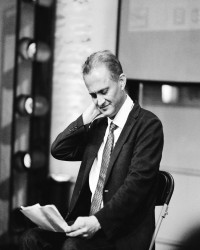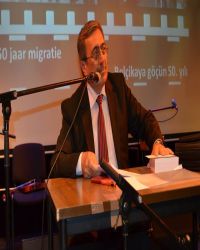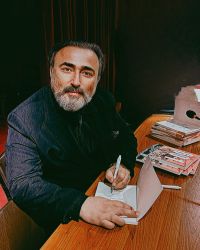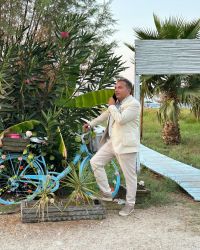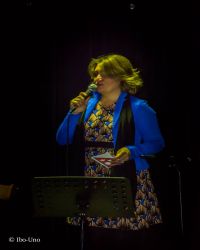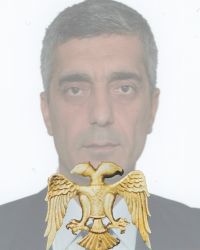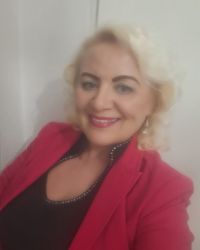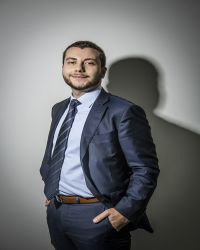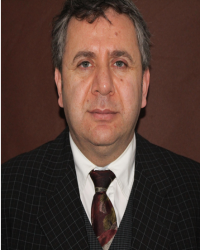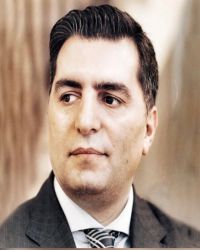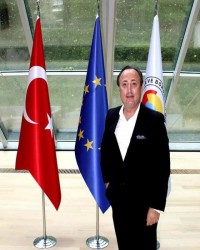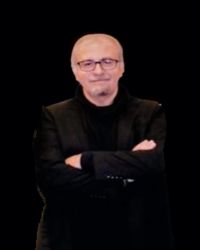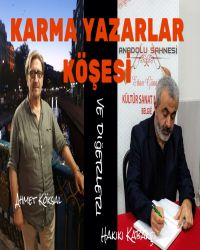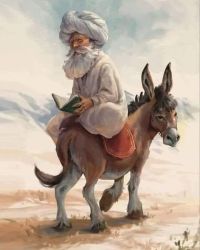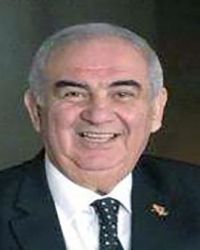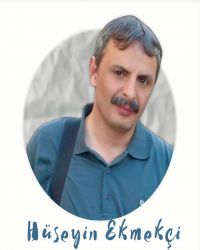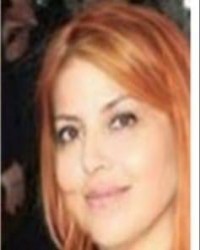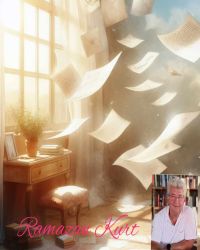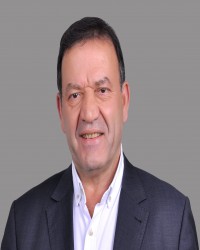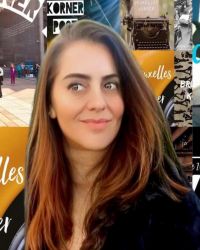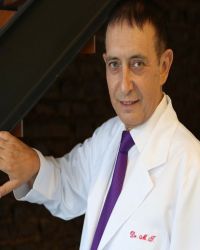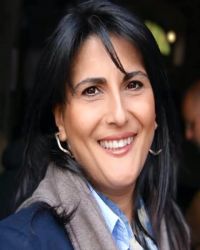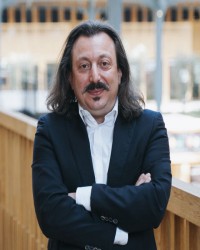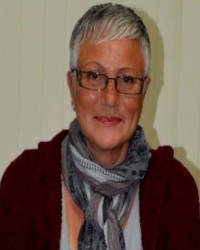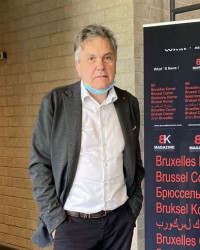Expanded Journey
We come to the world from a darkness. But darkness is ‘dark’ by our worldly definition: obscurity, grief. However, all feelings are present in our genes. Light is also included. As we move into worldly life, we first meet with pain and screaming. Then follows our first sense of pleasure: mother's lap, breastfeeding ritual. The rest of our lives is a big discovery. It is also a long road and a mystic journey in art and literature.
Abramovic is re-searching pain in her performances. She is testing the limits of her body. Could she be looking for the first pain she experienced while coming to the world and the experience she lived after, the mother's embrace? There was however patience before that: she waited, like any of us, nine months to meet ‘the others’. In The Artist is Present, she sits for hours with patience to catch a contact with different people. Does the person sitting across represent the outside world? She believes we are mirrors to each other. Who are we then?
Certain moods are valid for everybody, and everything is part of the learning process. However, unless we digest them, they can become containments. To write poetry, one must first forget memories, says Rilke. Is that so easy? It was not for Plath. The bee box in her poem is dark like a coffin and noisy like the inside of her head. The life cycle of bees, on the other hand, center around the queen in the box, a metaphor for regenerative life: birth, death and rebirth. Just like Rumi said: we must die before we die. Maybe that is why she chose to die, in order to be reborn.
And Kahlo. Beginning from her childhood, pain was her normal state of being. Would a faithful partner be the remedy? Would a baby a way to feel pureness again? She even tried to change the world as a revolutionist. The mise-en-scene of her self-portrait paintings was the only way to speak all out: with a rifle in her spine, she stands upright between rebellion and surrender.
Hadewijch chose a pilgrim life to experience minne. A journey between what is in her and what is unreachable. A painful adventure to discover God. Her poems begin with nature where she tries to unravel the secret. Spring with darkness but also vice versa, for love, joy and sorrow go hand in hand. And as God is eternal, the search for minne never ends.
Screaming is our first life experience. Could it be the reason for Bacon's mouth obsession? Every day we learn the rules of the civilized world. But the civilized world is a mask, says Bacon. We have a wild animal inside us. The paintings should make us to feel it. They should touch our nerve endings. So do they.
Pirandello asks ‘who am I?’ at an age which could be called middle age in those times. There is one in me, but the person I am trying to create in the mirror is another. How do other people see me? Then he goes mad, or pretends to be mad. In order to reset everything, he needs to break the routine. He needs to get rid of the prejudices of people about him.
In the film Crash, there are many people of different ethnicities and social classes whose paths cross each other. People spend every moment finding examples that will strengthen their prejudices. And do not want to know what is happening on the other side of the wall as James Baldwin states in I am not your Negro. In a world where we are all nomads, is it not a good opportunity to learn when we encounter something new?
Sherman developed her own language of expression, being influenced by other people's works starting with historical portrait paintings, collective memories. She is herself the model as the role player in her photographs and examines the construction of identity, authenticity and individuality.
To do an objective analysis, Dijkstra tries to eliminate potential side effects. She uses the same technique to make the instants comparable: tripod, standard lens and flash. Then she lets the model be oneself. All photos look the same, but there is still a difference: the moment of unease, attempt to find a pose, as she puts it. There she sees herself.
Thankfully there is hope. In The Sacrifice of Tarkovsky, the journey to find oneself begins by watering a dry tree at the beginning of a long road. This both natural and sacred journey continues with melodies by Japanese bamboo flute and Bach's Matthew Passion. Purity and beliefs continue amid the dilemmas of love and obsession. The protagonist eventually breaks his tie with his mother to free himself by burning down the house, the metaphor.
The Rite of Spring reveals an attempt to have resonance with spiritual powers. But the people sacrifice the life of somebody else to maintain their own lives. The dance is based on music of barbaric rhythms and dissonance. It is yet fragile, creating further awareness of power and its threat. It shows the way we are as human beings.
The poetry of Haiku, in a way, relieves us from the difficulties we create for ourselves. It seeks for everything here and now, in simplicity. Everything is in nature and the seasons: life, death, resurrection. Observation is the way to understand and resonate with reality as is. The poem is read twice. But there is no third. It fleets like water ripples.
Is life only what we have on earth or is it a stopover along an eternal journey? In either case, it starts with the cut of a cord, and continues with a search or challenge to (re)find and keep our own rhythm. Yet we are part of a great evolution. So are art and literature.
As we could fit into a tiny seed, an infinite number of experiences, or memories, continue to fit into us. It seems however necessary to digest them so that the ‘only’ thing that belongs to us comes out. It is hidden within but also as obvious as nature. Are we not a part of nature anyway?





